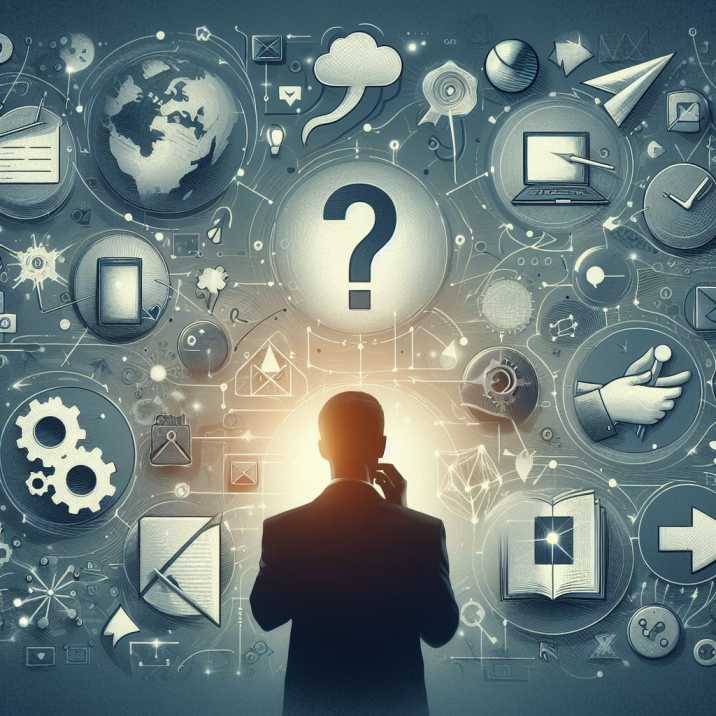Introduction:
Table of Contents
In a world filled with constant change and unforeseen hurdles, mastering the delicate dance between challenges and flexibility becomes crucial for personal and professional success. This blog post aims to unravel the intricacies of this balancing challenges and their impact on flexibility, act, providing valuable insights, tips, and facts to empower you in navigating life’s twists and turns.

The Essence of Balancing Challenges:
Understanding the interplay between adversity and growth.
Life’s challenges are not roadblocks but rather stepping stones on the path to personal development. Embracing these balancing challenges and their impact on flexibility. By recognizing adversity as an opportunity for growth, we can alter our perspective and turn obstacles into catalysts for positive change.
The Psychological Balancing Challenges and Their Impact on Flexibility:
Exploring how challenges shape our mindset and resilience.
Challenges, whether big or small, have a profound impact on our psychology. Delve into the ways in which facing adversity can strengthen resilience, foster a growth mindset, and enhance our ability to adapt to new situations.
Building Emotional Flexibility:
Techniques for developing emotional intelligence and adaptability.
Understanding and managing our emotions are pivotal aspects of flexibility. Explore practical tips and techniques to enhance emotional intelligence, allowing you to respond to challenges with a calm and collected mindset.
Flexibility in Goal Setting:
Adapting goals to changing circumstances.
Rigid goals can hinder flexibility. Learn how to set realistic yet flexible goals, adjusting your course when faced with unexpected challenges. Discover the art of goal refinement without compromising your overall vision.
Balancing Work and Personal Life:
Strategies for achieving harmony in a hectic world.
Juggling work and personal life can be challenging, often impacting our overall flexibility. Uncover practical strategies to maintain balance, avoid burnout, and foster a harmonious relationship between professional and personal responsibilities.
Physical Flexibility for Mental Resilience:
The mind-body connection in navigating challenges.
Explore the correlation between physical and mental flexibility. Engage in activities that promote physical flexibility, contributing to improved mental resilience when facing life’s adversities.
Flexibility in Decision-Making:
The role of adaptability in effective decision-making.
Decisions often shape our journey, and being flexible in our approach to decision-making is essential. Learn how to make informed choices while maintaining the ability to adapt when circumstances change.
Nurturing Flexibility in Relationships:
Building adaptable and resilient connections.
Relationships are a dynamic aspect of life. Discover ways to nurture flexibility in your connections, fostering adaptability and resilience in the face of challenges within personal and professional relationships.
Technology’s Role in Enhancing Flexibility:
Leveraging technological tools for personal and professional flexibility.
Explore the ways in which technology can be harnessed to enhance flexibility. From remote work solutions to productivity apps, understand how embracing technology can empower you to navigate challenges more efficiently.

Cultivating a Learning Mindset:
Embracing a continuous learning approach.
Flexibility is closely tied to a mindset of continuous learning. Uncover the benefits of cultivating a learning mindset, allowing you to adapt to new information, skills, and perspectives as you encounter different challenges.
The Impact of Stress on Flexibility:
Managing stress for improved adaptability.
Stress can impede flexibility. Delve into effective stress management techniques, ensuring that you can maintain composure and flexibility even in the face of demanding situations.
Balancing Challenges: A Lifelong Journey:
The evolving nature of the balancing act.
Recognize that the ability to balance challenges and maintain flexibility is an ongoing process. Conclude with a reflection on the lifelong journey of mastering this delicate dance, emphasizing the continuous growth and adaptation it entails.
Conclusion:
In the intricate dance between balancing challenges and their impact on flexibility, we’ve explored the multifaceted aspects that shape our ability to adapt and thrive in an ever-changing world. From understanding the psychological impact of challenges to fostering emotional and physical flexibility, this journey has been a deep dive into the art of balance.
Flexibility extends beyond the physical realm; it permeates our goals, decisions, relationships, and even the way we navigate the digital landscape. Through the lens of continuous learning, we’ve seen that flexibility is not a static skill but a dynamic mindset, a lifelong journey of growth and adaptation.
As we conclude, remember that challenges are not roadblocks but opportunities for growth. By embracing a learning mindset, nurturing resilience, and maintaining a balance between work and personal life, we equip ourselves to face the unknown with grace and poise. The journey of balancing challenges and their impact on flexibility is a lifelong quest for self-improvement and adaptability.

Frequently Asked Questions (FAQs):
Q1: How can I develop emotional flexibility? A1: Emotional flexibility can be cultivated through self-awareness, mindfulness practices, and actively seeking different perspectives. Learn to acknowledge and manage your emotions, allowing for a more adaptable and resilient mindset.
Q2: Is it possible to maintain a work-life balance in a hectic world? A2: Yes, achieving work-life balance is possible. Strategies include setting boundaries, prioritizing tasks, and embracing time-management techniques. Remember, balance is unique to each individual, so find what works best for you.
Q3: How does technology contribute to personal and professional flexibility? A3: Technology offers tools for remote work, efficient communication, and productivity enhancement. Embrace apps, digital platforms, and collaborative tools to streamline tasks, providing flexibility in how and where you work.
Q4: Can physical flexibility impact mental resilience? A4: Absolutely. Engaging in activities that promote physical flexibility, such as yoga or stretching exercises, can positively influence mental resilience. The mind-body connection is a powerful tool for facing life’s challenges.
Q5: What role does stress play in hindering flexibility? A5: Excessive stress can impede flexibility by clouding judgment and hindering adaptability. Managing stress through techniques like meditation, deep breathing, and time management is crucial for maintaining flexibility in challenging situations.
Q6: How do I set flexible goals without compromising my vision? A6: Set SMART goals (Specific, Measurable, Achievable, Relevant, Time-Bound) that allow for adjustments. Regularly reassess your goals, making tweaks when needed, while keeping the overarching vision in mind.
Q7: Is flexibility a skill that can be developed over time? A7: Yes, flexibility is a skill that can be cultivated through practice, self-reflection, and a willingness to adapt. Embrace challenges as opportunities for growth, and approach life with a continuous learning mindset.
Q8: Can flexibility enhance decision-making? A8: Flexibility plays a vital role in effective decision-making. By staying open-minded, considering alternative options, and adapting to new information, individuals can make more informed and resilient choices.
Q9: How can I nurture flexibility in my relationships? A9: Foster open communication, practice empathy, and be willing to adapt to the changing dynamics of your relationships. Flexibility in understanding and addressing the needs of others is key to building resilient connections.
Q10: Is balancing challenges a one-time effort, or is it an ongoing process? A10: Balancing challenges is a lifelong journey. As circumstances change, so do the challenges we face. Continuously adapting, learning, and refining our approach ensures that we navigate life’s twists and turns with grace and resilience.


